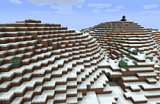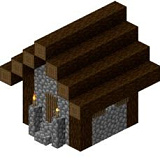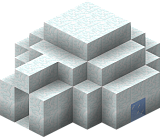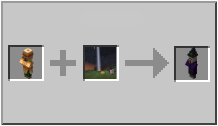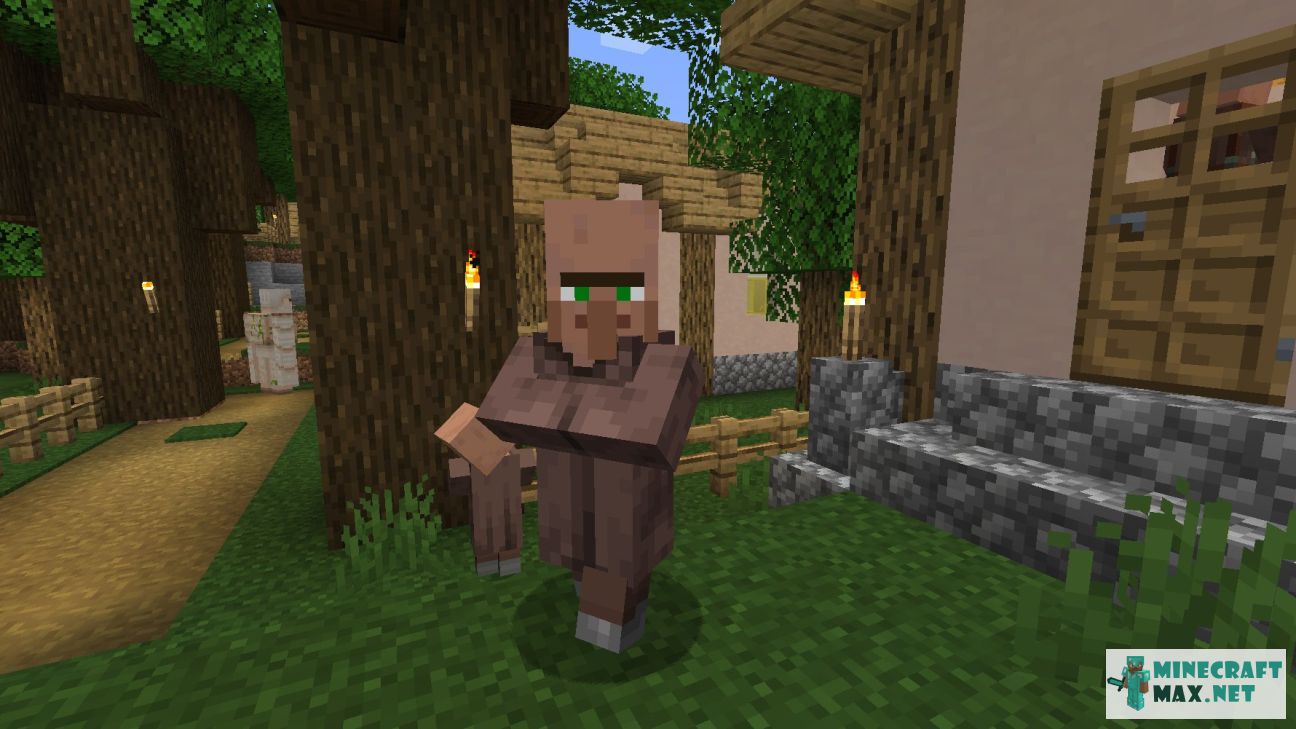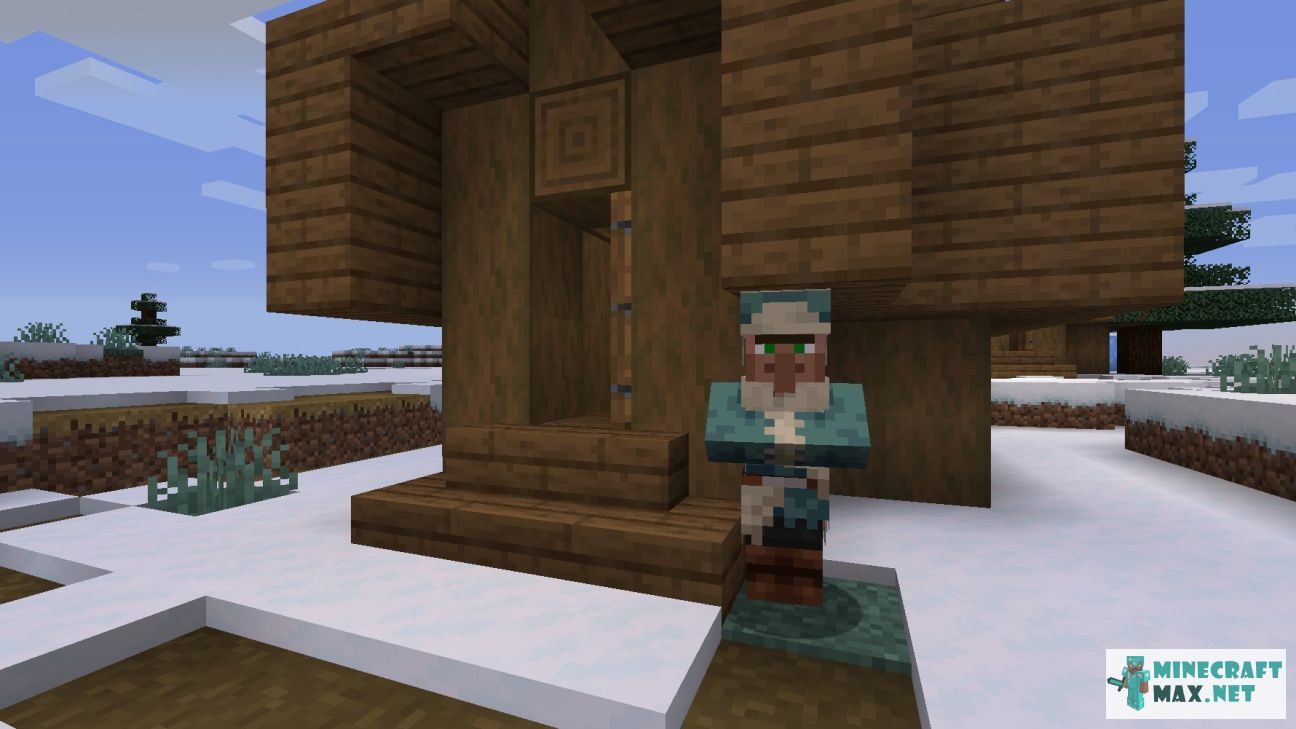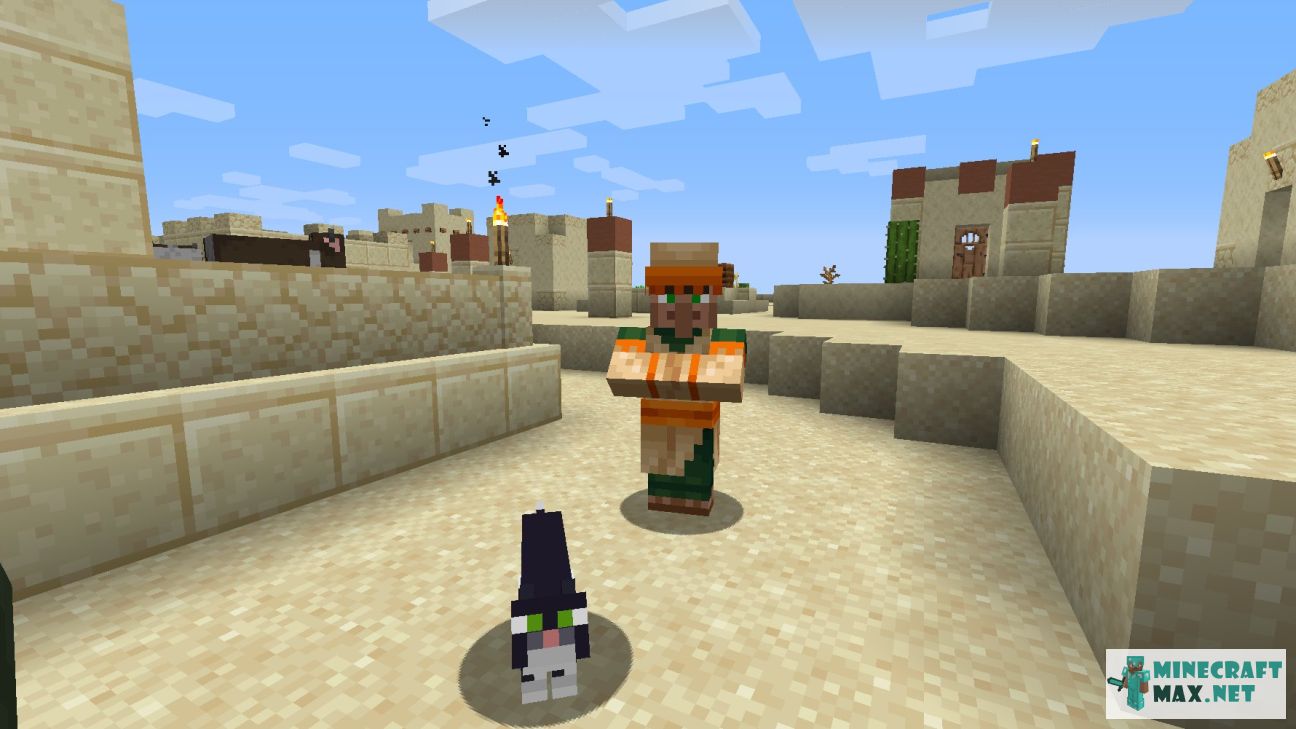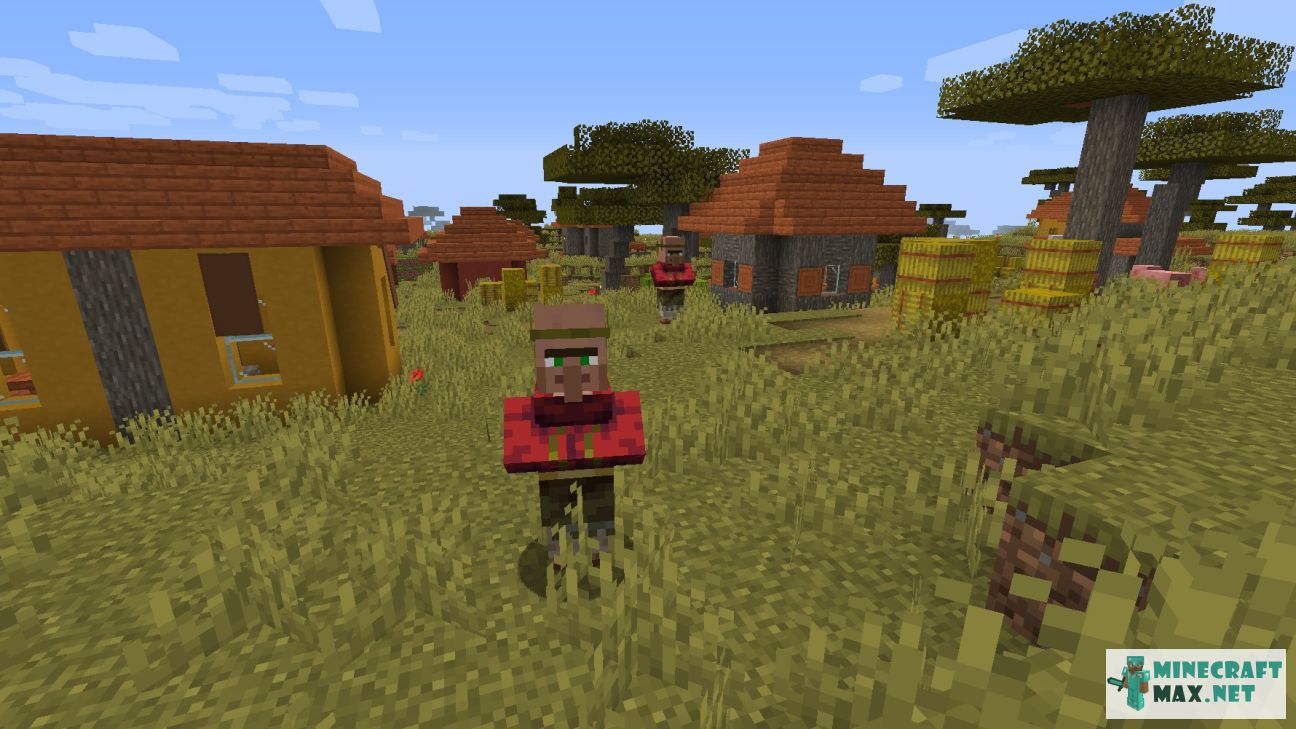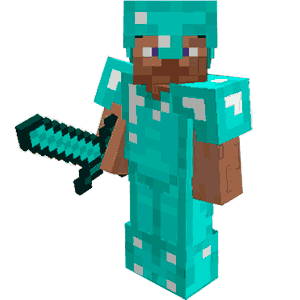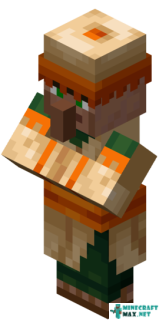
| Effect | Can get a profession |
| Health | 10 |
A villager is a friendly mob that lives in villages. They wear brown or green clothing, the details of which may vary slightly depending on the biome or the profession of the villager. They can get a profession and trade with a player; they can reproduce under certain conditions.
- Synonyms: Villager
- Minecraft versions: 11 / 10.5.1 / 1.22 / 1.21 / 1.20 / 1.19.1 / 1.19
- COMMAND: villager
Modify date: 11/09/2022
Questions about entity.minecraft.villager
Here you will find detailed answers to frequently asked questions about entity.minecraft.villager.
Before the appearance of villagers in the game, there were villages that were not inhabited. In 2011, the developers decided to populate them by adding peasant villagers who could not do anything: neither make sounds, nor trade, nor interact with the player in any way. Initially, this was done on purpose, because the developers did not fully understand how this interaction would affect the gameplay and wanted to avoid the mistakes of introducing additional character functions in the game.
Later it was decided to add the opportunity to trade with villagers. This happened with the release of version 1.3.1., for which an appropriate "visual" interface was developed.
Each villager has their own schedule, on which their actions during the day depend. It is different for villagers -nitwits, children and villagers with a profession.
All villagers leave their homes in the morning. Villagers without a profession walk around the village until the evening. Their goal is to find a free working block. Villagers who have a working block approach it and begin to "work". A nitwits leaves the house later than other villagers, and later returns back. Unlike other inhabitants, he has no purpose, his only function is reproduction. Children wander around the village to find other children to play together (imitation of the game "catch-up") often jump on the bed.
During the day, all villagers can come in and out of the house, make characteristic sounds, pick up objects. Sometimes villagers stop, communicate with each other, passing information about the reputation of the player to each other. They share food among themselves, they can look at the player when he approaches.
As a rule, villagers try not to go far fr om their beds. If he moves away from the village by more than 32 blocks, he "forgets" its location after 6 seconds, but will not disappear, but will continue to wander around the neighborhood. There is a theory that this fact explains the appearance of a Wandering Trader.
With the onset of evening, all villagers, except the nitwit, the unemployed and children, approach the bell, wh ere they can communicate, share food or multiply.
All villagers return to the house during the rain, when attacked by aggressive mobs and with the onset of evening. In the house, villagers are trying to find a free bed and lie down. If there is no free bed, the villagers remains standing in the house until morning.
The inventory of each villager has 8 slots, in which there are initially no items. A villager can pick up bread, wheat and its seeds, vegetables, and a farmer can also pick up bone meal. Interestingly, if a villager and a player are in the same radius with a lying object, then the player will have the advantage. If there are several villagers next to the items, then only one villager will pick them up.
A villager can transfer food, provided that he has enough of it in his inventory. In this case, the villager throws half of the contents of the slot with rounding down in the direction of the villager who does not have enough food.
Villagers will multiply if there are unoccupied beds in the village, to which there is direct access, and they have enough food (at least 3 loaves or 12 carrots, or 12 beets in one slot).
All villagers, with the exception of nitwits and children, can get a profession in accordance with the selected work block, and start trading with the player.
There are a total of 13 professions and their corresponding work blocks:
- Armorer - Melting Furnace
- Butcher - Smoker
- Cartographer - Cartographer's table.
- Cleric - Potion Maker
- Farmer - Composter
- Fisherman - Barrel
- Fletcher - Fletcher's table
- Leatherworker - Cauldron
- Librarian - Lectern
- Shepherd - Loom
- Mason - Stonecutter
- Toolsmith - Smithing Table
- Weaponsmith - Grindstone
Fr om the moment of obtaining a profession, the schedule of the day and the behavior of a villager differs from an ordinary peasant, and is subordinated to the algorithm of the chosen profession. Also, depending on the profession, his clothes change. There are five levels of profession development, each of which changes the color of the buckle on the belt of a villager: stone for the beginner level, iron for the apprentice level, gold for the artisan level, emerald for the expert level and diamond for the master level.
Emeralds are a kind of currency when conducting trade transactions with villagers. Deals are not always profitable, since the assortment of villagers is changing, and the goods offered are not always needed by the player. Prices may vary depending on the demand for the product, the level of development of the profession of the villager or the reputation of the player. With each successful transaction, the villager receives experience points, which gradually increase his level. Each new level adds two new deals to the previous ones.
It should be remembered that the number of transactions a villager has a lim it. Therefore, after a certain number of identical transactions, they are blocked. Blocked transactions are resumed up to 2 times a day if a villager is near the work unit and can "replenish" the stock of goods.
If the player holds in his hands an item with which there is possible transactions, then the villager will show the goods that he is ready to exchange for this item. This is done to facilitate the search for a villager who makes transactions with this product.
Villager with professions are sometimes used by players to create trading farms, which are a source of emeralds and other useful goods.
- Villagers will not be able to open an iron door, gate or hatch.
- Villagers "feel" the presence of zombies, robbers, annoyants and ravagers at a distance of 8 blocks, and illusionists and invokers – 12 blocks.
- Villagers know how to climb stairs, but do not do it unless they are pushed to it.
- A Villagers can change his profession no more than once per game day.
- Children become adults 20 minutes after birth.
- Villagers can sleep in the End or the Lower World, their bed does not explode.
- In version 1.9, the growth of Villagers was changed by 1.95 blocks instead of 1.8, and the child - 0.975 instead of 0.9.
 How to craft entity.minecraft.villager
How to craft entity.minecraft.villager
There is only one recipe for how to craft entity.minecraft.villager in Minecraft. Below you can see a description of this recipe: a picture with ingredients and step-by-step instructions on how to make entity.minecraft.villager in Minecraft.

 Where to find entity.minecraft.villager
Where to find entity.minecraft.villager
There are 6 places where you can get entity.minecraft.villager in Minecraft. Below you can find a detailed description of all these places where you can get entity.minecraft.villager in the game Minecraft.
 What to craft with entity.minecraft.villager
What to craft with entity.minecraft.villager
There is only one recipe that uses entity.minecraft.villager in crafting in Minecraft. Below you can see a description of this recipe: a picture with ingredients and step-by-step instructions on how to use entity.minecraft.villager in Minecraft.
| Villager | ||
| Lightning Bolt |
 Screenshots of entity.minecraft.villager
Screenshots of entity.minecraft.villager
There are 4 screenshots on the site, which has entity.minecraft.villager in Minecraft. Below you can see these screenshots to get a better idea of what entity.minecraft.villager looks like in Minecraft.
 Command to summon entity.minecraft.villager
Command to summon entity.minecraft.villager
There is a command that allows you to summon entity.minecraft.villager in Minecraft. Below you can see a detailed description of this command to learn how to create entity.minecraft.villager in Minecraft.
Entity.minecraft.villager can be summoned using a command in creative mode. This requires:
- open chat (press "T")
- write command
/summon minecraft:villager - press "ENTER"
You can also specify the coordinates by which entity.minecraft.villager will be called:
/summon minecraft:villager ~ ~ ~/summon minecraft:villager 100 ~ 200/summon minecraft:villager ~10 50 ~-2X - coordinate from west to east, Y - height, Z - coordinate from south to north.
